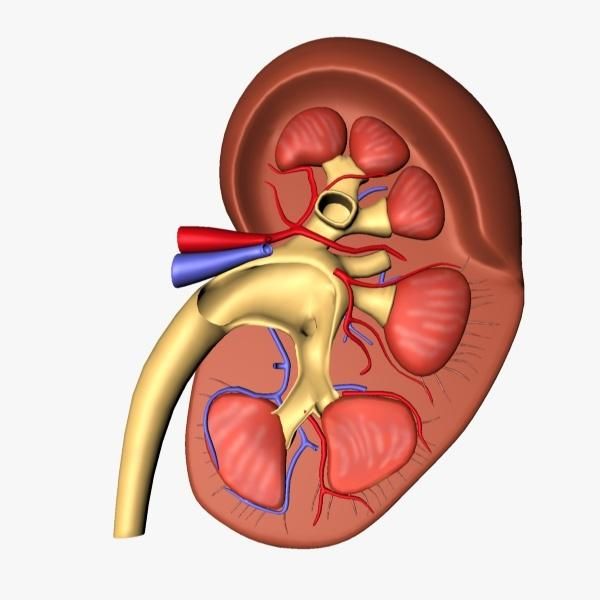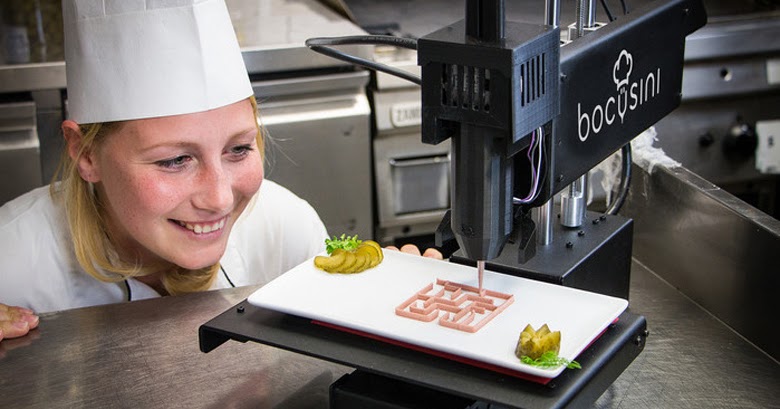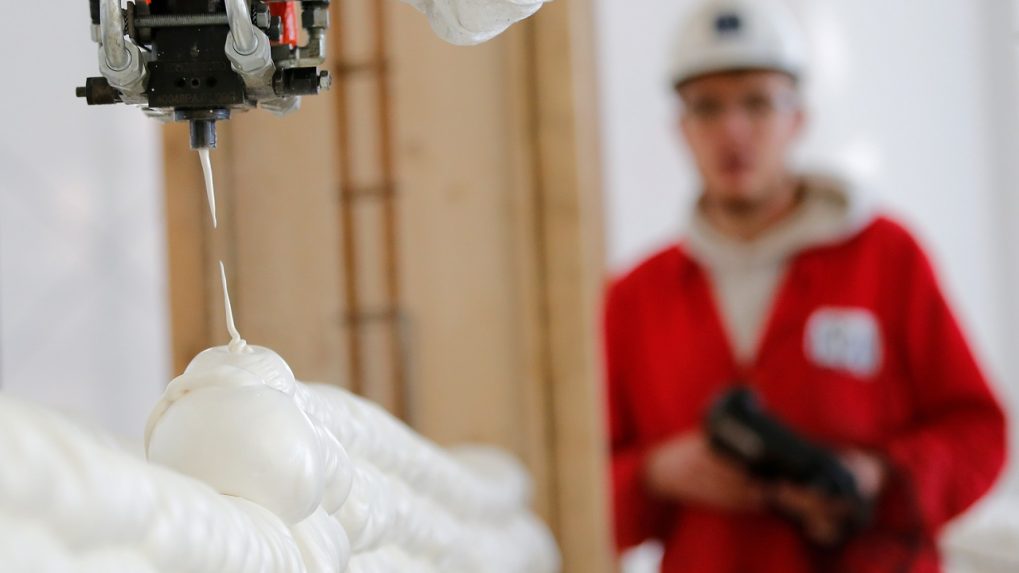3D print kidney
Kidneys on demand: How 3D printers could make organs
A 'GRAND VISION' OF ORGAN PRINTING: Researchers and firms hoping to transform medicine with 3D-printed organs have made strides in recent years, bolstered by increased funding and interest.
They’re working to develop customized 3D-printed organs, including hearts and kidneys, from patients’ own cells — a process they hope will reduce the likelihood of patients’ bodies rejecting them and speed up delivery of the organs to those who need them. More than 100,000 Americans are on the national organ transplant waiting list, and 17 people die daily waiting for organs, according to the federal government.
“If we get this to work, it fundamentally changes medicine as we know it … especially if we can do it in a way that is even remotely cost-effective,” said Adam Feinberg, an engineering professor at Carnegie Mellon who co-founded 3D bioprinting company FluidForm. “We're talking about a technology that can rebuild different parts of the body as needed. ”
The technology often works like traditional 3D printing, which leans on a digital blueprint to form a 3D object by dispensing material through a nozzle. In this case, however, the material is created using “bioink” made of cells instead of materials like plastic or metal, along with employing other techniques. Using patients’ cells could eliminate the need for harmful immunosuppressive medication.
Scientists are in the early stages, with many fully functional 3D printed organs potentially several decades away. As it stands, the technology can be exceedingly expensive — the cells for a heart can cost $100,000. Researchers also face other crucial challenges, such as integrating blood vessels in tissue.
Mark Skylar-Scott, an assistant professor in bioengineering at Stanford, estimates that clinical trials for smaller-scale tissue could come within the decade, while the “grand vision” of full-organ engineering remains about three decades away.
Researchers are making progress, though. Skylar-Scott is working on printing cardiac tissue to help with congenital heart disease.
Skylar-Scott is working on printing cardiac tissue to help with congenital heart disease.
Anthony Atala, who pioneered 3D printing of organs more than a decade ago and is the director of the Wake Forest Institute for Regenerative Medicine, led a team in a NASA challenge that, along with another Wake Forest team last year, became the first to engineer and sustain human tissue outside of the body. Carnegie Mellon and Mayo Clinic reached a three-year bioengineering research agreement last month, a move that would fuel development.
Structures like skin are the least complex, followed by tubular structures like blood vessels, then organs like the bladder or stomach and solid organs like kidneys or hearts, which are the most complex, Atala said.
“They keep progressing based on their complexity of which ones will go out first to the general population,” Atala said.
3D printed ear and jaw bone structures in a cell culture medium. | Wake Forest Institute for Regenerative Medicine
Feinberg predicts clinical trials on 3D-printed cellular scaffolds that could help regrow tissue could begin within five years, as well as a printed heart in a rodent within that time frame.
“Translating that into human beings, that’s a little bit more of that X factor,” Feinberg said. “That could be another 10 years past that.”
Welcome back to Future Pulse, where we explore the convergence of health care and technology. Share your news and feedback: @_BenLeonard_
Christopher A. Longhurst @calonghurst “Just installed iOS 15.4 and Face ID finally unlocks my phone with a mask … game changer in the hospital! #MedTwitter”
POOP MONITORING: The Biden administration hopes to monitor the nation's sewage to help prevent the next pandemic but is running into some stoppages — many states aren’t on board yet, POLITICO’s Katherine Ellen Foley and Megan Messerly report.
Analyzing poop can help officials more rapidly detect Covid-19 clusters or other viruses, which can bolster public health responses.
But with thin state participation, officials face significant gaps in what was envisioned as an early warning system for infectious diseases, leaving the nation more vulnerable to another Covid-19 variant or another public health crisis, according to POLITICO interviews with state health officials and wastewater experts across 17 states.
“If you enjoyed the way this pandemic worked, you can expect to have that again,” said Ted Smith, the director of the Center for Healthy Air, Water and Soil at the University of Louisville’s Environment Institute. “That’s what’s at stake here.”
Some obstacles include privacy concerns and logistical hurdles, such as coordinating dozens of treatment plants consistently sending samples to labs.
Wastewater surveillance became more widely used amid the pandemic, with the CDC launching the National Wastewater Surveillance System in late 2020. But only a dozen states are routinely sending surveillance data to the CDC, and information coming from those states can be thin.
Several wastewater scientists speaking with POLITICO said they see the value of a national wastewater system that both standardizes and makes permanent their piecemeal efforts over the last two years, which would be important for public health.
SUE FOR TIKTOK ADDICTION?California state lawmakers introduced a bipartisan measure that would hold social media companies liable for having features and apps that are addictive to kids, POLITICO’s Susannah Luthi reports.
The legislation is retroactive, meaning companies like TikTok or Instagram could be at legal risk for any past damage their products caused to teenagers’ and young children’s mental health.
“I think this is as good a case as I can think of, outside maybe massive oil spills or Joe Camel pitching cigarettes to 15-year-olds, for retroactive application,” said Assemblymember Jordan Cunningham (R-Templeton), adding there’s evidence Facebook and Instagram knew their apps were addictive.
The bill is likely to spur resistance from Big Tech companies, which have come under increasing scrutiny in the past year after Facebook whistleblower Frances Haugen said the company knew its apps were detrimental to kids’ mental health.
TELEHEALTH USE REMAINS HIGH FOR MENTAL HEALTH: Nearly two in five mental health and substance-use disorder visits occurred via telehealth last spring and summer, remaining fairly steady as use of telehealth for other types of visits dipped, according to a new study from Epic Research, the Kaiser Family Foundation and Well Being Trust.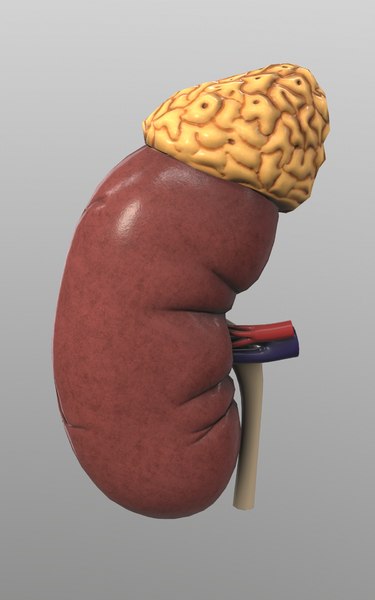
Between March and August 2020, telehealth represented 40 percent of mental health and substance-use disorder treatments. During the same period in 2021, as pandemic restrictions were lifted, that figure fell only 4 percentage points.
Just 11 percent of other types of visits were conducted via telehealth between March and August 2020, falling to 5 percent of visits between March and August 2021, though still well above pre-pandemic levels.
The findings underscore the significant swell in demand for virtual mental health care and potential permanent expansions of telehealth flexibilities, particularly for mental health care.
“Telehealth may provide a way to improve access to mental health and substance use disorder care, particularly for people living in areas with fewer providers,” the report found.
Background: The research comes just after Congress moved to extend a number of telehealth flexibilities for five months after the Covid-19 public health emergency expires, including a provision expanding mental health care access.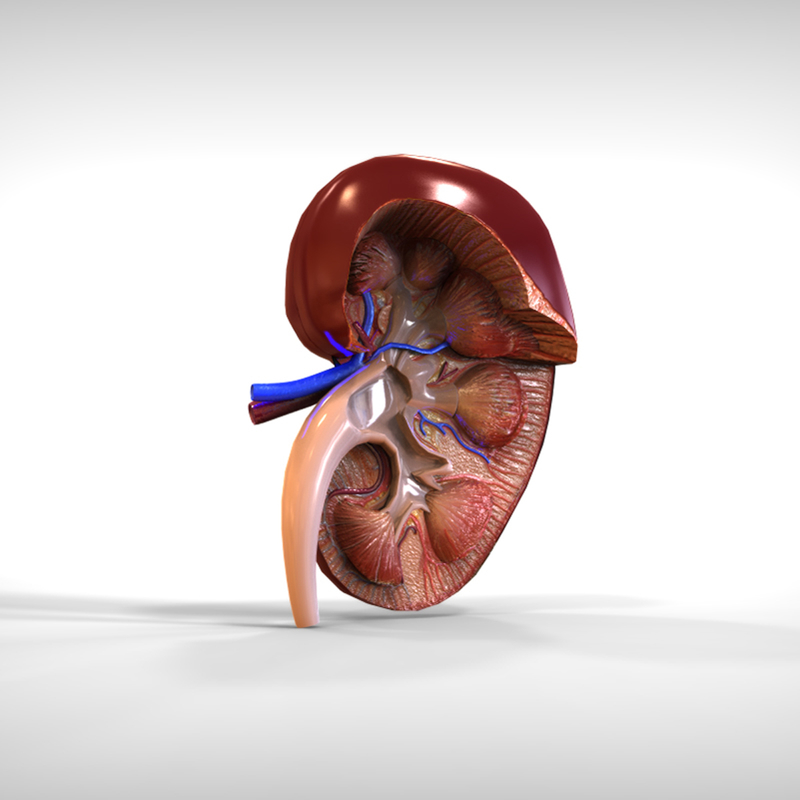 If Congress doesn’t take action before the emergency expires, pre-pandemic regulations keeping telehealth access to mostly rural beneficiaries would resume and millions would lose access to virtual care.
If Congress doesn’t take action before the emergency expires, pre-pandemic regulations keeping telehealth access to mostly rural beneficiaries would resume and millions would lose access to virtual care.
HOME BLOOD PRESSURE READINGS BEAT CLINICS: Patients using at-home, Bluetooth-enabled blood pressure monitors got better readings than patients did in clinics or at kiosks, a new, large study published in the Journal of General Internal Medicine found.
Patients’ readings, used to diagnose high blood pressure, were “significantly” lower in clinics than 24-hour ambulatory blood pressure monitoring, “significantly” higher at kiosks and absent significant differences in home readings. The results suggest that home monitoring could be useful for diagnosing high blood pressure, the study’s authors wrote.
Study participants took two readings at home twice a day for five days — once after waking up and once at bedtime.
The big picture: The findings are particularly significant given the rise in remote patient-monitoring technology, with tech companies flocking to roll out the technology that can monitor blood pressure and other significant signs.
Smartwatches and other devices taking blood pressure, heart rate and other measurements have also surged in popularity, and Medicare recently expanded payment for remote patient monitoring.
Pressure is building on federal agencies to disclose more details about complaints against providers, which say they have made it difficult for patients to access their health data, STAT reports.
A 2018 Congressional budget provision expanded access to virtual consultations for strokes, substantially increasing Medicare billing, but “erroneous” billing was common,a new study in Health Affairs found.
Best Buy and Samsung are betting big on home health care, Fierce Healthcare reports from SXSW.
- Ben Leonard @_BenLeonard_
- Ruth Reader @RuthReader
- Carmen Paun @carmenpaun
Follow Us
Computational model aims to accelerate microfluidic bio-printing that opens up a pathway for 3D printing any kind of organ at any time -- ScienceDaily
Human organ transplants offer a crucial lifeline to people with serious illnesses, but there are too few organs to go around: in the U. S. alone, there are more than 112,000 people currently waiting for transplants. The promise of 3D printing organs is one possible solution to address this shortage but has been fraught with complexity and technical barriers, limiting the type of organs that can be printed. Researchers at Stevens Institute of Technology are now pushing through these barriers by leveraging a decades-old technique to reproduce any tissue type.
S. alone, there are more than 112,000 people currently waiting for transplants. The promise of 3D printing organs is one possible solution to address this shortage but has been fraught with complexity and technical barriers, limiting the type of organs that can be printed. Researchers at Stevens Institute of Technology are now pushing through these barriers by leveraging a decades-old technique to reproduce any tissue type.
The work, led by Robert Chang, an associate professor in the mechanical engineering department at Stevens' Schaefer School of Engineering & Science, could open up pathways for 3D printing any kind of organ at any time, even skin directly on an open wound.
"Creating new organs to order and saving lives without the need for a human donor will be an immense benefit to healthcare," said Robert Chang, whose work appears in the April issue of Scientific Reports. "However, reaching that goal is tricky because printing organs using "bio-inks" -- hydrogels laden with cultured cells -- requires a degree of fine control over the geometry and size of printed microfiber that current 3D printers simply can't achieve. "
"
Chang and his team, including Ahmadreza Zaei, first author and doctoral candidate in Chang's lab, hope to change that by fast-tracking a new 3D printing process that uses microfluidics -- the precise manipulation of liquids through tiny channels -- to operate at a far smaller scale than has been possible. "The recent publication aims to improve the controllability and predictability over the structure of the fabricated microtissues and microfibers enabled by microfluidic bioprinting technology," said Zaeri.
Most current 3D bio-printers are extrusion-based, squirting bio-ink out of a nozzle to create structures about 200 microns -- around a tenth as wide as a strand of spaghetti. A microfluidics-based printer could print biological objects measuring on the order of tens of micrometers on par with the single cellular scale.
"The scale is very important, because it affects the biology of the organ," said Chang. "We're operating at the scale of human cells, and that lets us print structures that mimic the biological features we're trying to replicate. "
"
Besides operating on a smaller scale, microfluidics also enables multiple bio-inks, each containing different cells and tissue precursors, to be used interchangeably within a single printed structure, in much the same way that a conventional printer combines colored inks into a single vivid image.
That's important because while researchers have already created simple organs such as bladders by encouraging the tissue to grow on 3D-printed scaffolding, more complex organs such as livers and kidneys require many different cell types to be precisely combined. "Being able to operate at this scale, while precisely mixing bio-inks, makes it possible for us to reproduce any tissue type," said Chang.
Scaling down 3D bio-printing requires painstaking research to figure out exactly how different process parameters such as channel structures, flow speed, and fluid dynamics affect the geometries and material properties of printed biological structures. To streamline that process, Chang's team created a computational model of a microfluidic printing head, enabling them to tweak settings and forecast outcomes without the need for laborious real-world experimentation.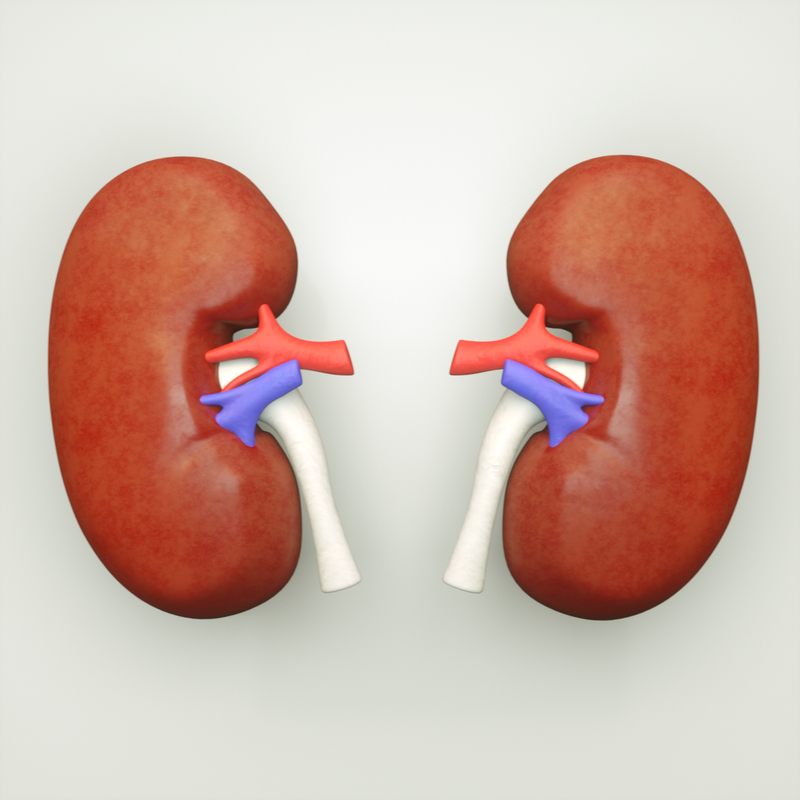
"Our computational model advances a formulaic extraction that can be used to predict the various geometrical parameters of the fabricated structures extruded from the microfluidic channels," said Zaeri.
The team's computational models accurately predicted the results of real-world microfluidic experiments, and Chang is using his model to guide experiments on the ways that biological structures with varies geometries can be printed. The results of this research work can be used in the printing of combined multiple cell-types bio-ink that can replicate the tissue with gradients geometrical and compositional properties found at the intersection of bone and muscle.
Chang is also exploring using microfluidic-enabled 3D printing for the in-situ creation of skin and other tissues, enabling patients to have replacement tissues printed directly into a wound. "This technology is still so new that we don't know precisely what it will enable," he said. "But we know it will open the door to creating new structures and important new types of biology. "
"
Harvard scientists one step closer to progress
3D printing of a kidney
Talk about the possibilities of 3D bioprinting does not subside at all, flaring up with renewed vigor as this unique technology develops. Not only scientists and researchers argue about the practical implementation of bioprinting, but ordinary people are not alien to the dream of successfully creating living human tissues and organs. In the meantime, we are busy dreaming, the greatest minds of mankind are hard at work on the manufacture of the functioning elements of our body using a 3D printer. For example, 3D printing of a kidney, which has occupied the minds of researchers from all over the world for a long time, is now much more real. So, scientists from Harvard University have advanced in the creation of a real human kidney, having made a tubular structure on a 3D bioprinter that mimics the function of this organ. nine0005
Their development can have a serious impact not only on the development of bioprinting in general, but also on the study of the effect of drugs on the human body. In addition, laboratory-grown kidneys will help scientists artificially model the state of diseases in order to find the best methods for their treatment.
In addition, laboratory-grown kidneys will help scientists artificially model the state of diseases in order to find the best methods for their treatment.
A group of researchers has been working in the field of 3D bioprinting for several years and during this time has achieved significant success. It is they who should be credited with the development of several methods for printing with living cells, as well as a method for making blood vessels. At present, their ideas are widely used in this environment for printing "live" structures of human tissues of various kinds. The method allows scaling these constructs, creating denser tissues with high viability. nine0005
3D printing of a kidney on a 3D printer
Now scientists have taken up a new project based on the above technology. Its essence lies in the use of 3D printing to create a functional renal architecture containing living epithelial cells lining the surface of the renal tubules. Thus, 3D printing of a kidney is more real than ever. The task itself is very difficult, because for a qualitative imitation of the structure of the kidneys, careful observance of many factors is required, in particular, the qualitative functioning of nephrons, one of the most important elements of this organ. nine0007 Nephrons perform filtration and secretion of substances, being a vital structural unit of the kidneys. That is why a qualitative imitation of their tubules can serve as the key to the successful creation of artificial organs. However, a 3D printed artificial kidney will no longer be just a science fiction fantasy.
The task itself is very difficult, because for a qualitative imitation of the structure of the kidneys, careful observance of many factors is required, in particular, the qualitative functioning of nephrons, one of the most important elements of this organ. nine0007 Nephrons perform filtration and secretion of substances, being a vital structural unit of the kidneys. That is why a qualitative imitation of their tubules can serve as the key to the successful creation of artificial organs. However, a 3D printed artificial kidney will no longer be just a science fiction fantasy.
3D printing of a kidney: features
So, let's briefly describe the 3D bioprinting process used by Harvard scientists. First, a silicone layer is applied as a base layer, on which a sinuous line of “temporary ink” will then be applied. The structure cools slightly, after which the ink is removed, leaving instead a hollow tube suitable for the introduction of living cells. Immediately after implantation, the cells begin to adhere to the walls of the 3D printed tube, forming a new epithelium. As such a structure matures (which can take up to two months), it begins to perform the same important functions as the nephron tubules, so well that it becomes potentially suitable for more serious applications. nine0005
As such a structure matures (which can take up to two months), it begins to perform the same important functions as the nephron tubules, so well that it becomes potentially suitable for more serious applications. nine0005
3D printer budding
According to the developers, this architecture is extremely robust and functions flawlessly, which represents a significant step forward in 3D bioprinting. The structure can be used for a variety of medical purposes, from researching the effects of drugs to finding options for diagnosing and treating diseases. 3D printing of a kidney using this technique will not go unnoticed and will receive a lot of different applications.
And scientists are confident in the success of the directly innovative method of 3D printing of living tissues. They claim that their approach allows the creation of flexible, scalable structures that can be used in bioprinting of organs other than the kidneys. Undoubtedly, their achievement is extremely serious and will open many doors to the world of medicine. nine0005
nine0005
Back to home page
3D printed kidney - an artificial kidney created by 3D printing
3D printed kidney
The most outstanding achievement of 3D printing is undoubtedly the creation of tissues of human organs and bones. A huge number of scientists around the world are working to replace organs from living donors with artificial implants. It takes years to fully realize this opportunity. So, scientists from Vanderbilt University, thanks to 3D printing, managed to create artificial organs. nine0005
3D printing kidney
So far, they have developed a prototype kidney that will alleviate the condition of patients who suffer from kidney failure and enable such people to do without dialysis.
This is a biohybrid organ using living kidney cells and a microchip. Living kidney cells will establish a connection between the artificial organ and the human heart.
Living kidney cells will establish a connection between the artificial organ and the human heart.
3D printing kidney
According to the developers, the artificial kidney will be able to work just like a natural organ, performing all the same natural functions. The built-in microchip is able to remove harmful slags, salts and water. The operation of the microchip is based on silicon nanotechnology. nine0005
The microchip is based on the microchip used in the computer industry, with the only difference that it contains silicon filters. One artificial kidney contains 15 microcircuits that are stacked on top of each other. Microchips are both filtering elements and the basis for living kidney cells. Scientists claim that the patient's heart can supply energy for this artificial kidney.
The microcircuits used in the microchip are affordable. nine0005
Around the microchip and filters, scientists have grown living kidney cells in the laboratory. Thanks to this, scientists were able to achieve the most important goal of this project - to create a bio-hybrid that, in addition to performing all the natural functions of an organ, will also be protected from rejection by the body.